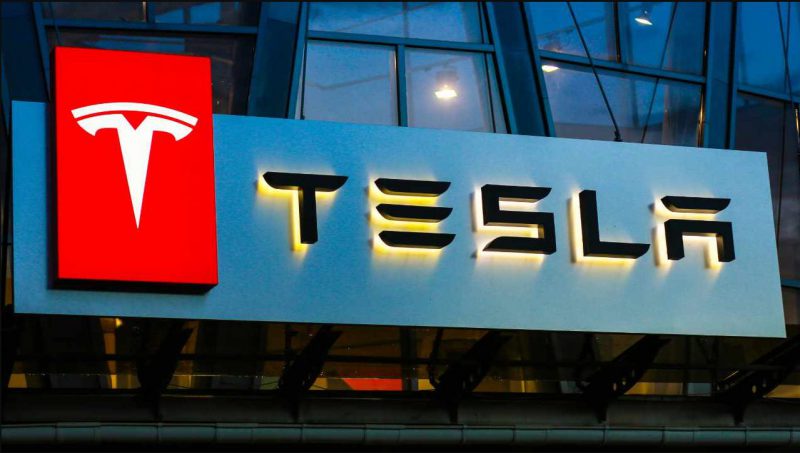Few companies in the US stock market have had as volatile a 2025 so far as Tesla (TSLA). The EV manufacturer has suffered from a brand crisis that saw its reach and market share overseas plummet. Further, its stock has ultimately reversed the gains it saw in November-December 2024 throughout 2025, now down 12% YTD. Looking at the stock’s price chart, Wall Street analysts are noting bearish signals that could cause TSLA to fall further.
On May 30, Tesla (TSLA) triggered what many chart-watchers call a bear flag—a bearish continuation pattern that tends to precede deeper downside moves. TSLA saw a strong drop, followed by the stock consolidating in a rising wedge, then breaking lower again. These bearish patterns suggest that the worst is yet to come, worrying Wall Street experts. What’s next for Tesla stock?
Wall Street Concerned over Tesla Stock, Company’s Performance Overseas
Tesla sales in Europe have hit a 3-year low, with worries abounding that it could keep the stock from the $350 level. The company sold just 700 units in Europe May, even with recent changes to its Model Y being present. However, the development is one that hasn’t concerned Elon Musk. Indeed, he recently rebuked sentiments that there is a “demand problem.” Moreover, he noted that “everyone is struggling in Europe; there’s no exception.”
Despite Musk’s affirmation that everything is okay, TSLA is still down 2% in the past week following the sales report. Fortunately, its 22% climb in May has set it in a good position to maintain the $300 price level in June.
Also Read: Elon Musk’s XChat Encryption Slammed Amid $300M XAI Stock Sale
On the first trading day of the month, Tesla dropped 2.58% at midday market. Additionally, that continued a 5.48% drop that has persisted over the last five days. Still, shares are up more than 17% over the last month and are trading at $336. Its median target sits at just $307, leaving room for a potential 8% downside risk.





